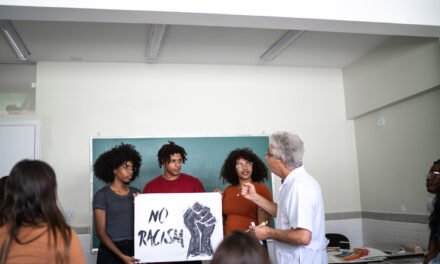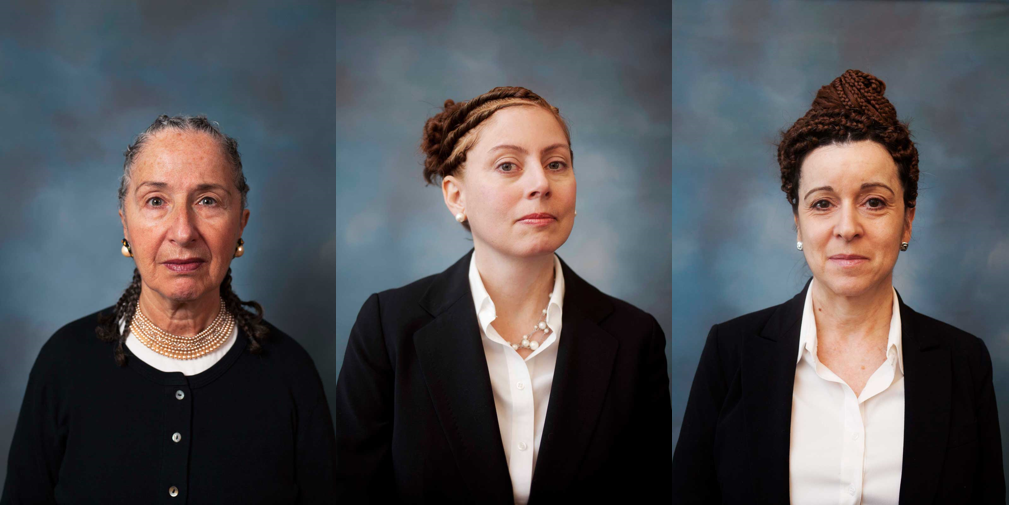 Several weeks ago The Inclusion Solution reported on a recent survey about the lack of diversity on fashion magazine covers. Last week Black supermodels Naomi Campbell and Iman exposed top designers for the lack of women of color on the world’s runways.
Several weeks ago The Inclusion Solution reported on a recent survey about the lack of diversity on fashion magazine covers. Last week Black supermodels Naomi Campbell and Iman exposed top designers for the lack of women of color on the world’s runways.
Campbell and Iman have formed an advocacy group called Diversity Coalition in their attempt to diversify the modeling industry. They criticized top designers such as Donna Karan, Calvin Klein and Armani among others for using only one or in some cases no models of color this year during the various fashion weeks across the globe.
In an open letter to the organizers of these events, Campbell, Iman and others condemned them for consciously or unconsciously defining beauty as “white”. They said that it sends a negative message to women of color around the world that there is only one standard of beauty…white. They went on to clarify that they are not calling these designers racist. However they feel that the outcome is racist.
The question is, why do we have to call these designers and publishers of fashion magazines on this issue? Why do they not automatically see beauty as coming in different hues? Why do they not notice when women of color are conspicuously missing from their magazine covers and runways? Why in 2013, where over 70% of the world’s population is not white, do we only see white models?
The Inclusion Solution has pointed out the issues of “colorism” in the past. In addition we wrote about it in the Tipping Point Report released in March:
Historically, lighter-skinned people have been associated with higher social statuses, darker-skinned with laborers and working class. In Latin and South America, light skin is seen as more attractive. In Mexico, light skin represents power. Media images from the United States, India, and Brazil, favor lighter-skinned actors, actresses, and models. Skin-lightening is a multi-billion dollar industry in Asian countries, where 4 in 10 women in Hong Kong, Malaysia, the Philippines, South Korea and Taiwan admit to using such products. The skin-lightening cream market in India has been growing at 18% per year, and in China, it comprises 71% of the total skin care market.
The results can be devastating for women of color; to their self-esteem, their sense of identity and self-worth. We see young African American women spend countless dollars on hair weaves and other beauty products to counteract the perceptions that white is better, more beautiful.
I applaud Iman and Naomi Campbell for shedding light on a situation that is deeply rooted in unconscious bias, stereotypes and long history of beauty being narrowly defined. Kudos to them for courageously offering an inclusion solution in the formation of the coalition. Let’s all join them in opening and expanding our minds to the many colors of beauty.
Image courtesy of: NYMAG.com


















